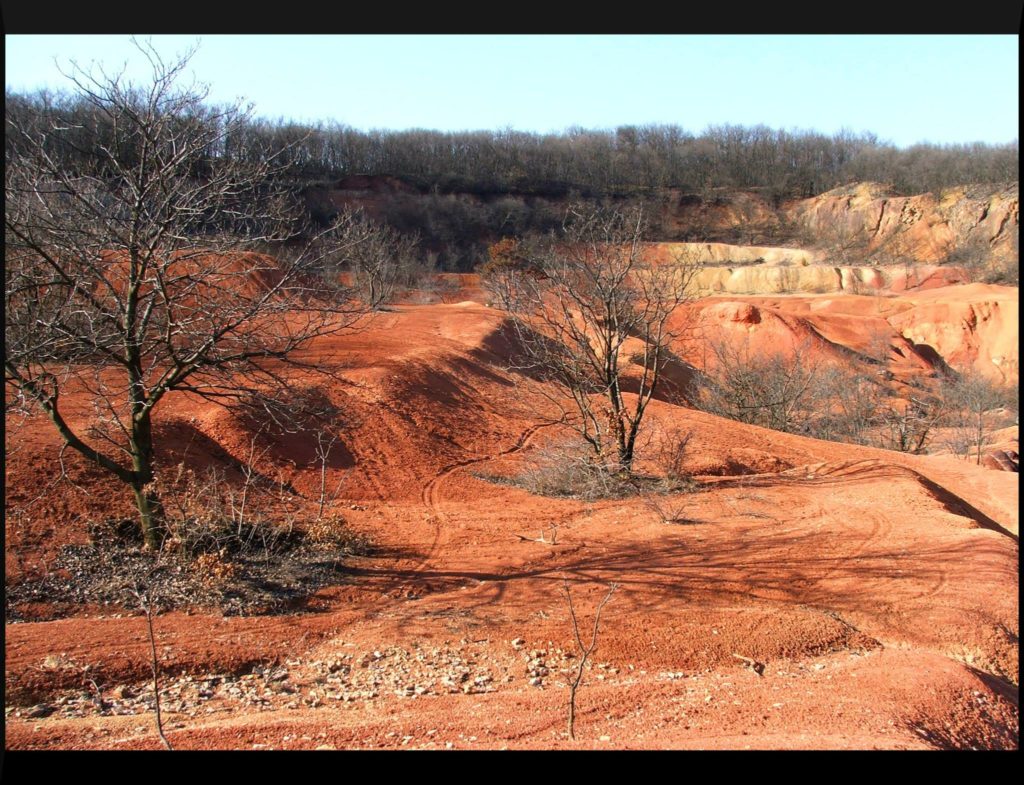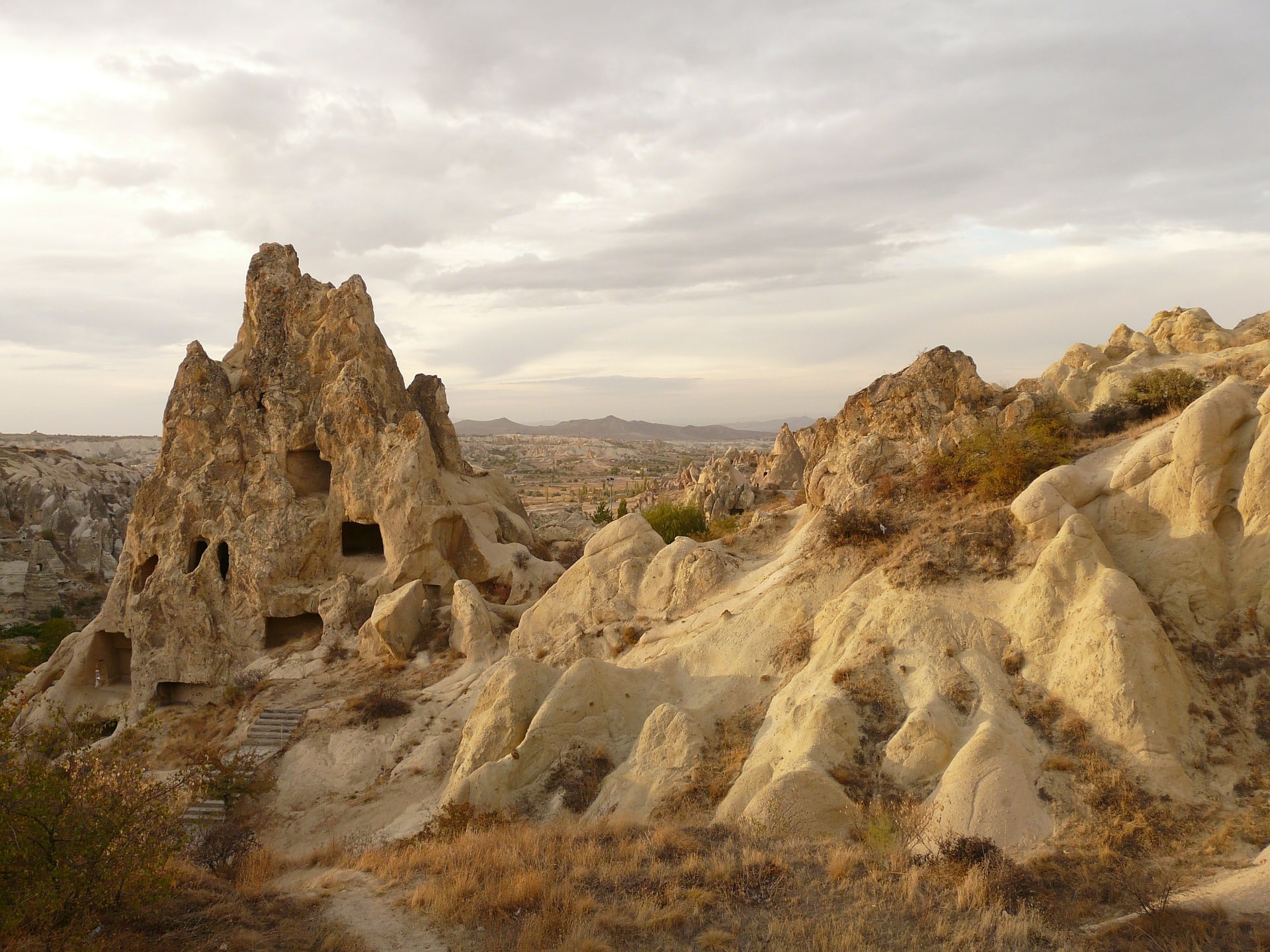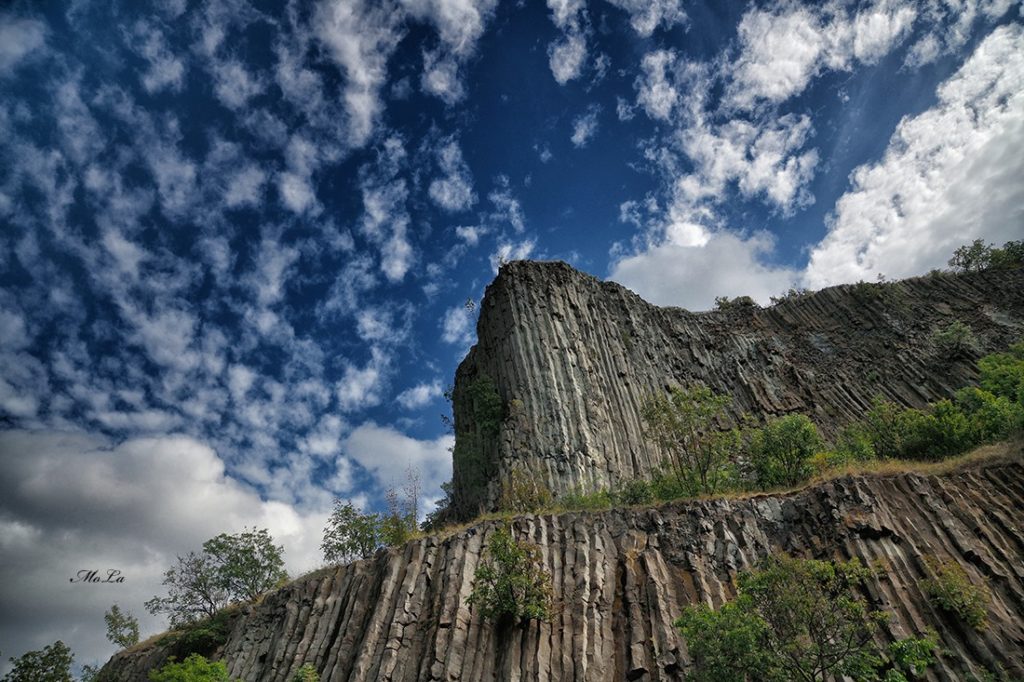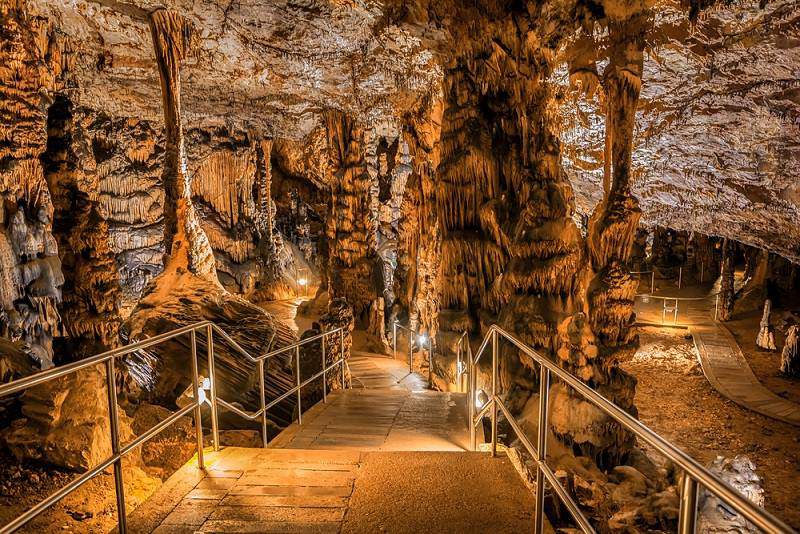WOW! – Hungary’s most breathtaking natural wonders – VIDEO+PHOTOS
Besides its amazing touristic attractions, Hungary has several outstanding natural treasures and incredible geological formations. Let’s see which are the most breathtaking natural wonders – listed by impressmagazin.hu.
White limestone terraces at Egerszalók

Egerszalók is an open-air spa and village in the northeastern part of Hungary, 6 kilometres from the city of Eger.
This small town hides one of the most amazing natural treasure of Hungary – the 120-square-foot limestone terraces were created by a thermal spring of 65-68°Celsius hot water, coming from a depth of 410 meters.
The breathtaking natural wonder is also known for its curative effect due to the high content of calcium, natrium, magnesium and sulphur.
Red clay soil in Vértes

Hungary’s first cultivatable bauxite land was discovered in the mountain range of Vértes, in the north-western part of the country. Due to its uniqueness, the colourful landscape has become a field study of scientific works and space research.
The red stone desert’s special gullies, extraordinary rock formations and unique surface forms have made the area a perfect ‘Mars-like’ treasure of Hungary.
Lunar Landscape – “The small Hungarian Cappadocia”

Beehive stones are such rock formations whose sides are decorated with carved niches. The cone-shaped rock formations can be found in the area of Pilis and the Buda Hills; while the majority of them can be found in the vicinity of Eger and Bükkalja. It is also called “The small Hungarian Cappadoccia” due to the similar natural rarity of Cappadocia in Turkey, which is a World Heritage Site.
Europe’s largest thermal lake – Hévíz

As Impressmagazin reports, the beautiful thermal lake was firstly visited by the Romans, who also recognised its healing effect. However, the special lake’s formation can be traced back much further as its thermal spring is more than 1,5 million years old, by which it is the largest thermal lake in Europe. The water can provide curative solutions for musculoskeletal problems and joint pains.
The Ancient World’s Pompeii – Ipolytarnóc
The Fossils Nature Reserve of Ipolytarnóc preserves ancient animal footprints and petrified remains of huge ancient trees. Ipolytarnóc is a real ‘fossil paradise’, conserving the memory of a 20 million-years-old bygone world. The nature reserve is also called “The Ancient World’s Pompeii” due to its buried prehistoric treasures formed during the Miocene age volcanic eruption.
Volcanic basalt land – Hegyestű

The unique volcanic butte “Hegyestű” can be found at the territory of Balaton Uplands National Park, famous for its unique geological formations. The solidified volcanic lava crater was split into polygonal vertical columns due to hypothermia; today, it is one of the most unique and breathtaking natural attraction in Europe.
Caves of Aggtelek

The cave system of Aggtelek and Slovak Karst became a Natural World Heritage Site of UNESCO in 1995.
The diverse caves were formed about 2 million years ago. In Hungary, 273 caves are opened to the public, out of the total 712.
Huge movable stones and stone lands

One of the most exciting attractions of the Kali Basin is the huge rocks and solidified sand block residues of the Pannonian Sea. The peculiar shape of these natural wonders has been “carved” by the wind. The movable stone of Szentbékkálla is a large stone block which starts to move in case of standing on its edge.
Video: www.facebook.com/ipolytarnoci.osmaradvanyok/





